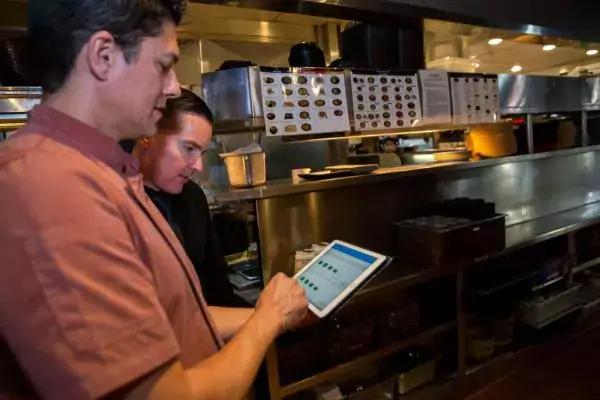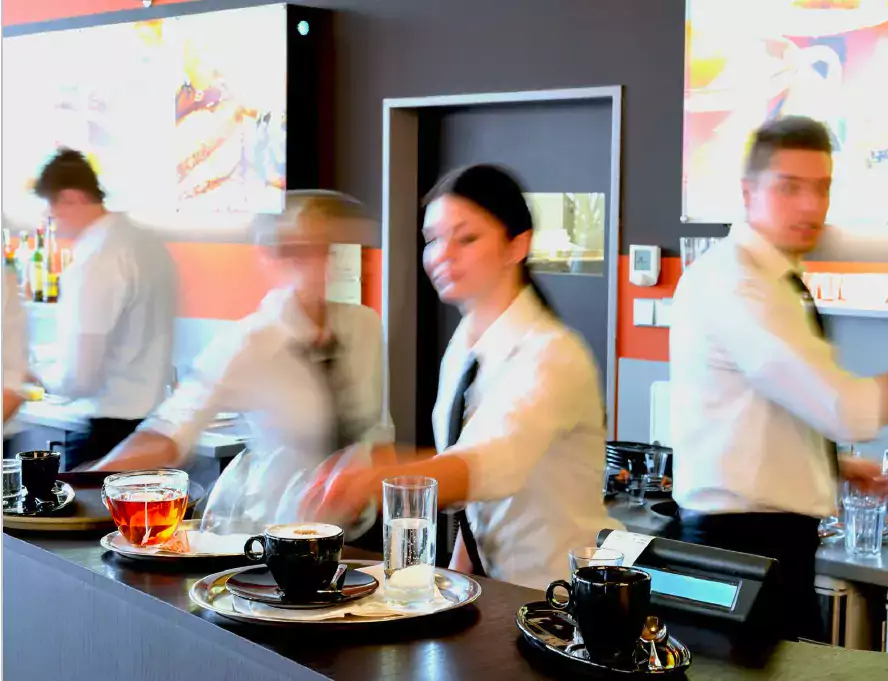The consumer trend of buying local has grown from being “hot” to being a central driver of growth in the restaurant and grocery retail industry, according to the results of a recent survey by A.T. Kearney. Two years ago, when the study was first conducted, local food was a differentiator for retailers—a nice offering that could set them apart from competitors. Now, merchandising local food is critical to growth.
Importantly, the study found that retail companies and grocery stores can capitalize on increased interest in local foods by highlighting products through proper signage and advertisements.
“Localvore”
“Localvore” is the term that Randy Burt, co-author of the A.T. Kearney study, uses to describe this growing trend that’s especially popular among women and Millennials. It’s a movement that demands high standards for fresh food like seafood, meat, produce, and other assorted specialty items like jams, breads, and desserts. A recent survey conducted by the National Restaurant Association (NRA) supports the A.T. Kearney study regarding the importance of local. The NRA asked nearly 1,600 professional chefs to identify the top food trends for restaurant menus in 2016. Check out the top 5 of 20:- Locally sourced meats and seafood
- Chef-driven fast-casual concepts
- Locally grown produce
- Hyper-local sourcing
- Natural ingredients/minimally processed foods.
Availability is No Longer the Issue
Access to local food is no longer the roadblock to sales; only 27% of consumers surveyed said products were not available. However, communication is clearly a problem when more than half of the respondents said that they don’t buy local due to a lack of clear advertising/in-store signage. It’s amazing that with all of our technological advancements, a gap in sales can come down to the basics of a misplaced sign! That may be the bad news, but the good news is that the problem is completely avoidable and/or fixable with greater oversight.“Did You Find What You Were Looking for Today?”
Make Local Food a Priority Consumers are drawn to local food and will pay a premium for it. Call attention to your offerings! It’s in the retailer’s interest to properly place signs designating where local food is available. Get the Basics Right Don’t just issue a memo or mass email hoping your managers take notice. Take action! Audit your stores in a way that includes promotional/signage auditing. Document store compliance and address issues at the store level. Help your customers easily find their favorite local foods, and you may just become their favorite local store.Subscribe to our blog
You are now subscribed!


